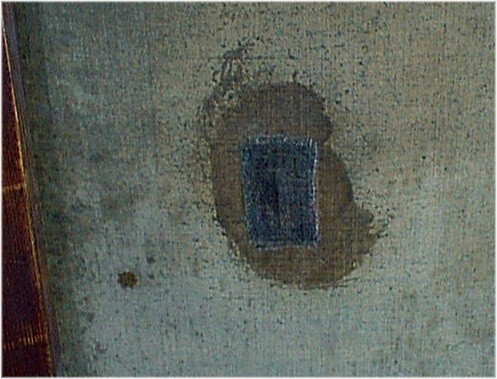Plano, TX 75075
972.964.3256

I have studied incessantly the techniques of western painting for the past several years, beginning with the techniques of Masaccio and Giotto through 16th & 17th century Italy, Netherlands, and Germanic countries continuing through the Pre-Raphaelite movement at the turn of this century. The materials used throughout this time span varied from painter to painter and region to region. Due to my knowledge and understanding of the techniques, methods, and materials used costs are very low in most cases. Please do not hesitate to call at any time for an estimate, as work is done on an individual basis, the needs of each client must be fully understood and respect for the painter must be strictly adhered to. So, we shall get to know one another. We shall always be clear on what the objectives are, and what must be done, as well as, the costs, of course.


Typical problems, such as those above, incorporate poor prior restoration procedures. Such as the patching job of a hole on the left, and the unbelievably poor re-lining/paste job on the right. The patchwork job on the left can be made completely unnoticeable and repaired/relined with a proper techniques that are no longer understood or used. The canvas can be weathered according to a particular region or environment of the painting and materials are cooked and created in a scientific manner from the most basic of earthly elements. The canvas on the right must be removed and set on a new stretcher or reparation of the old one in a way to properly stretch the canvas can be done. However, it also would be interesting to see what the painting was underneath it. Many times it can be revealed. However, more often than not, it must remain a mystery.
Of course, there are many more examples I could site, however, the issues are as varied as the techniques involved in the restoration process. So, please do not hesitate to contact me at any time for an estimate, or any further information or assistance.

